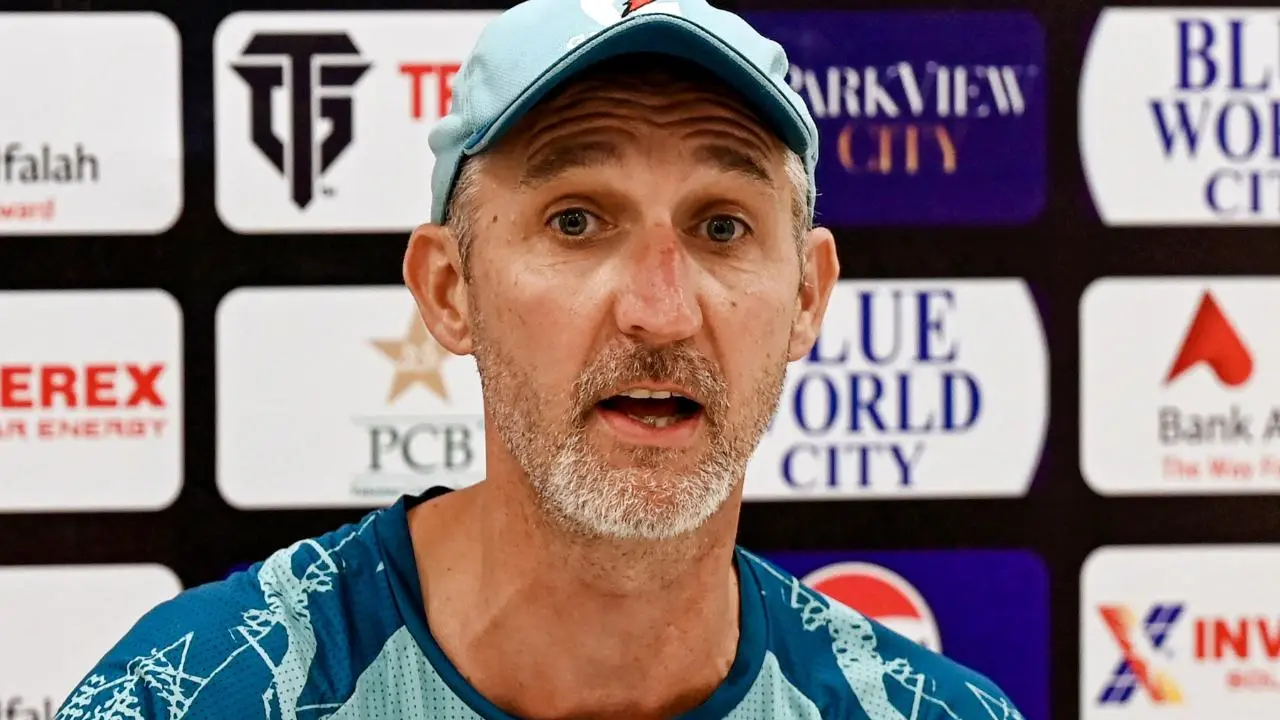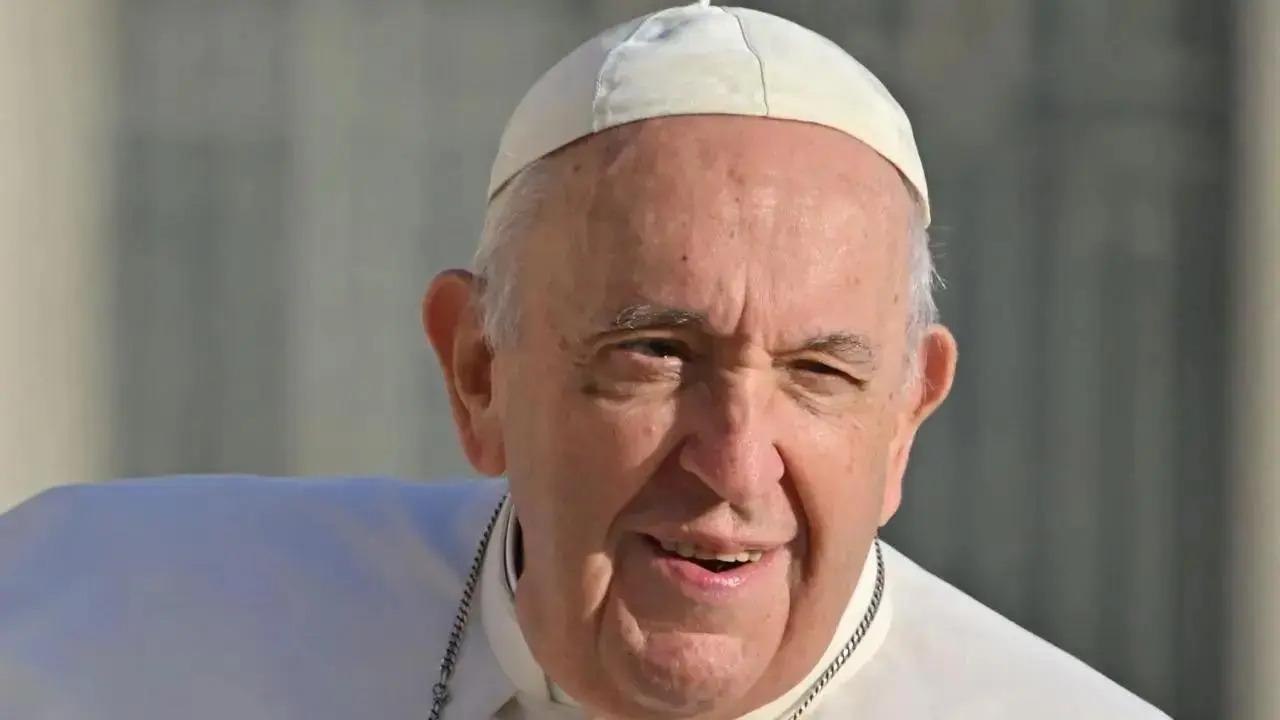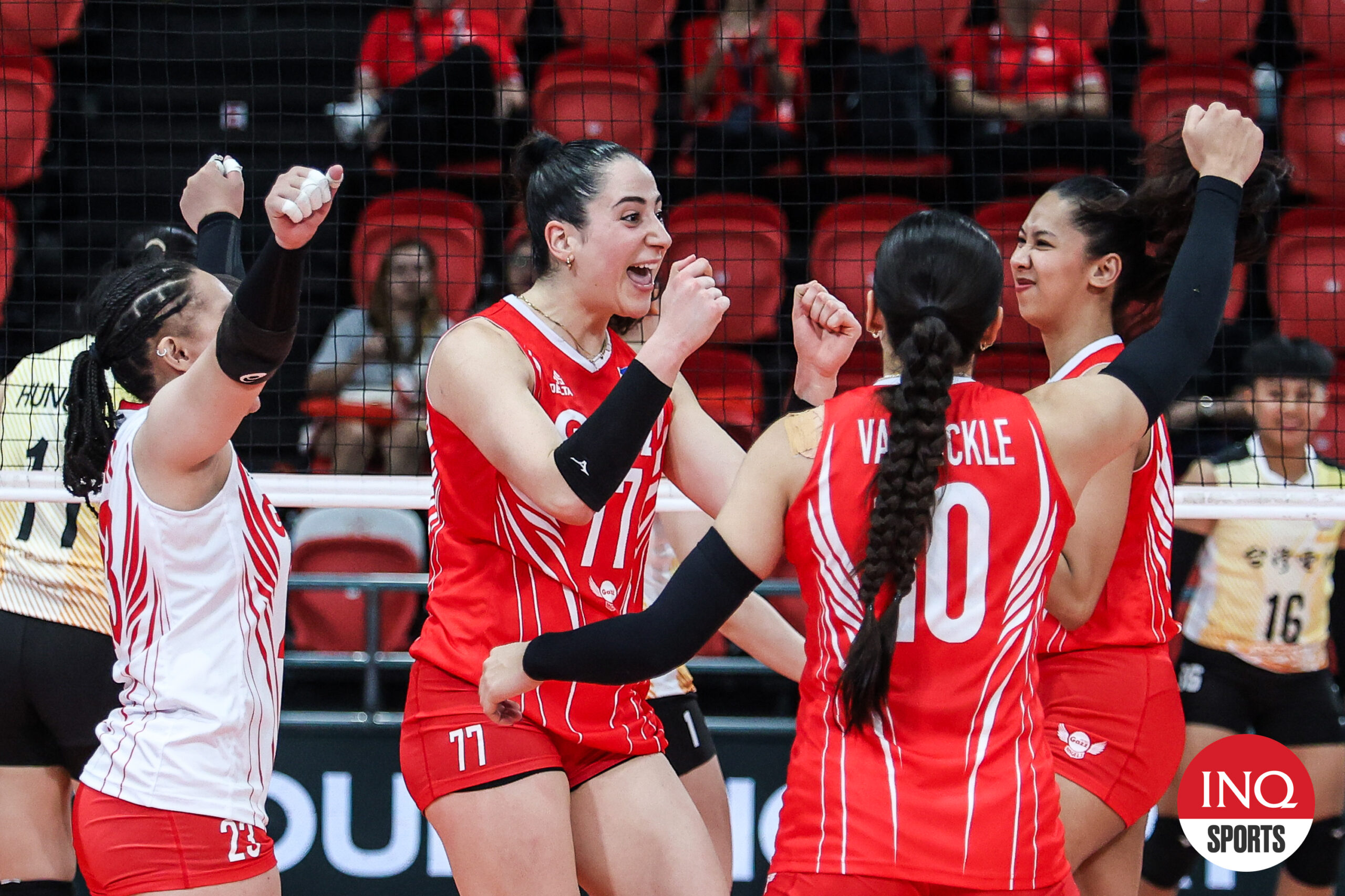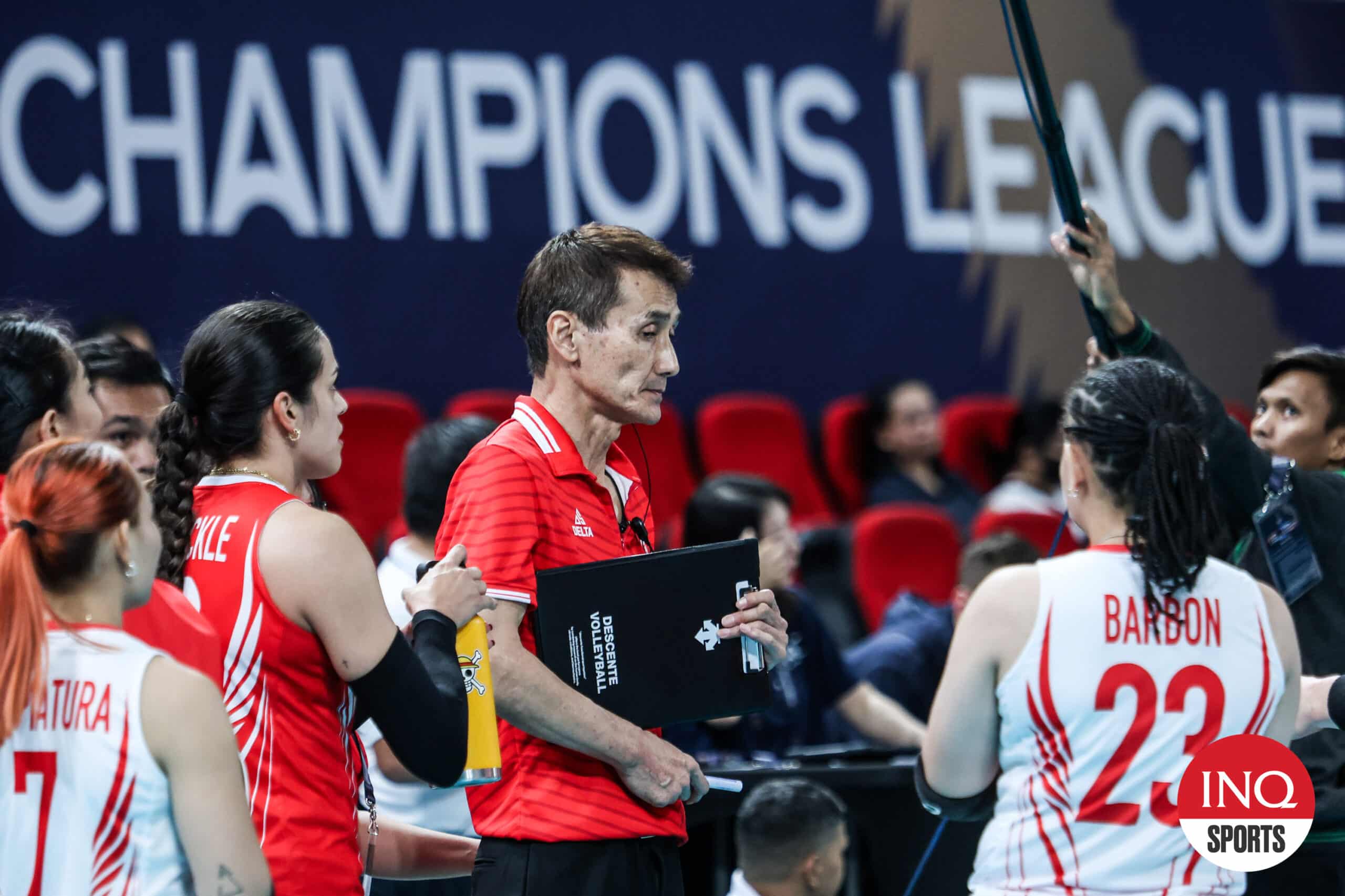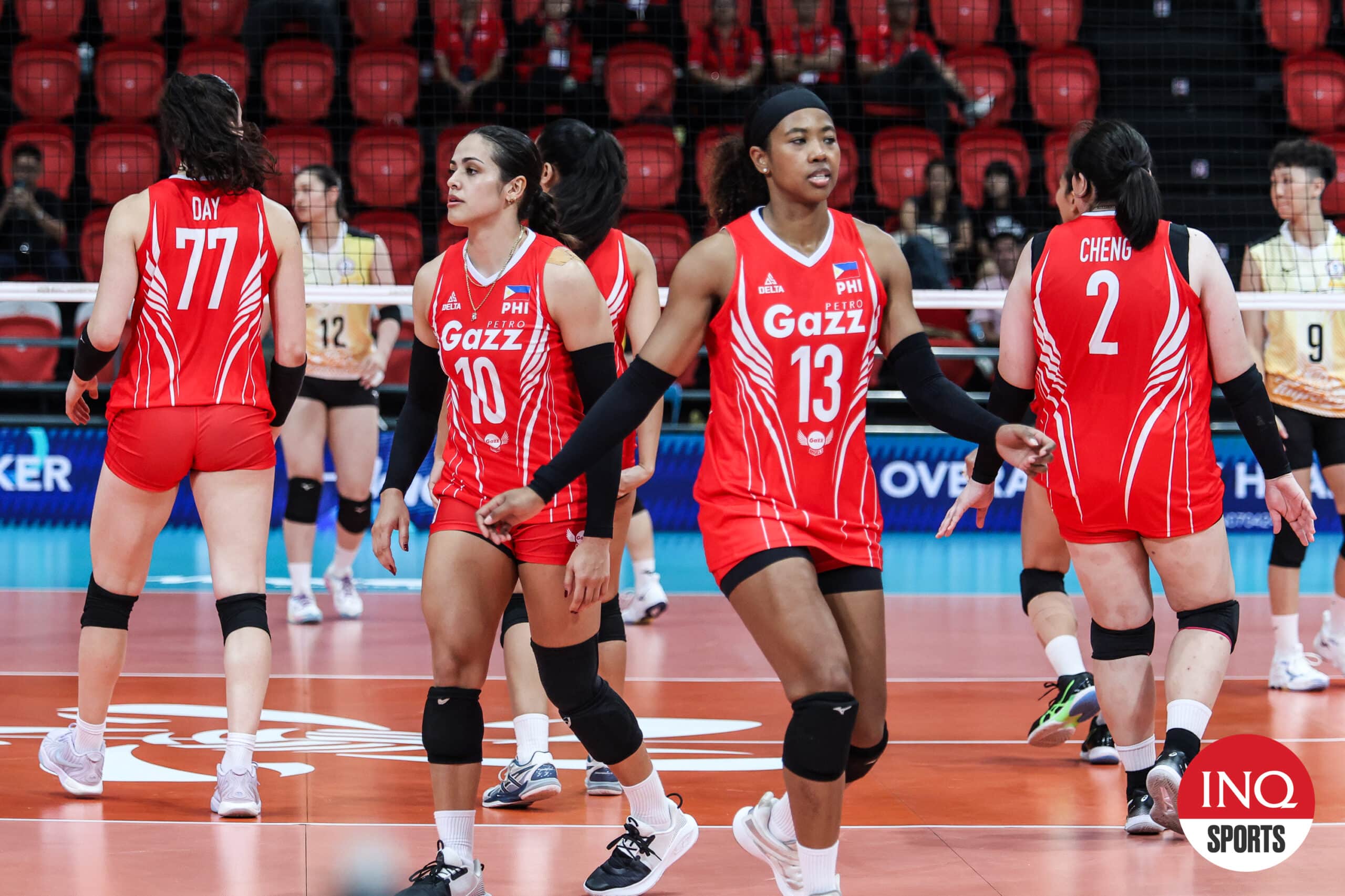Compared to the bright, breezy environment of SoFi Stadium in Los Angeles for game one, the United States women’s national team’s (USWNT) swift rematch with Brazil at San Jose’s PayPal Park carried an inverted energy, atmospherically and competitively. The latter ended in a 2-1 defeat for the U.S.
before a packed house of 18,000 in California’s Bay Area on Tuesday night, the booming, sold-out crowd competing only with the periodic sound of planes touching down at the nearby airport. The first, a Saturday afternoon meeting, brought 32,303 people to a venue that holds 70,000 to see what turned out to be a secure 2-0 win for the hosts. Advertisement Match two also embodied the classic traits of a return fixture against the same opponent, with noticeable changes to the previous lineup.

But as U.S. head coach Emma Hayes has reiterated throughout this window, experimentation was going to be the prevailing theme of these two fixtures.
She is working toward identifying a core group of players by the end of June who will eventually compete in the 2027 World Cup finals. “I wanna put players in the frying pan and I want you to feel the heat,” Hayes said in her post-game news conference late Tuesday night. “This camp was always about expanding and experimenting (with) that player pool.
I really feel like that is becoming so clear to me on which players I think are really ready for us right now, which ones are not.” With that mandate, this could, arguably, have been a period better enjoyed behind closed doors for the team. Of the 22 players (including alternates) selected for the 2024 Olympics, headlined by Sophia Wilson, Mallory Swanson and Trinity Rodman as the Triple Espresso forward line, only 10 made the most recent roster.
The starting 11 on Tuesday averaged just 17 caps and formed the youngest USWNT roster in 24 years. It was bound to look as challenging as it felt — especially when that group, unlike Saturday’s squad, was tasked with handling 2023 National Women’s Soccer League (NWSL) MVP Kerolin for 90-plus minutes. When caterpillars retreat to their cocoons, part of the process of transformation can be aesthetically unbecoming and grotesque.
For the USWNT, though, that metamorphosis is happening in real-time and out in public view. The revolution is being televised, and Hayes is unconcerned with how it might look to an untrained eye. “We could play eleven relatively experienced players now and build those connections, there’s no problem,” Hayes told reporters last Friday in Los Angeles.
“But if we get to a World Cup in two years and all of a sudden, an Ally Sentnor or Lily Yohannes are completely underprepared, then you’re gonna say, ‘Well, why didn’t we give them the opportunities in that period?’” Advertisement Hayes shared that Sentnor, a 21-year-old striker and No. 1 draft pick of the Utah Royals in 2024 known for long-range bangers, told her that the SheBelieves Cup final that saw the USWNT fall to Japan 2-1 had been the most difficult game she’d played in her career. The manager also pointed out that Yohannes, whose skill and promise as a midfielder became popular knowledge following her Champions League debut at 16, had not been involved in the U.
S. youth national team system and thus has limited experience with international competition outside of Europe. “It’s a completely different situation that we have to expose them to,” Hayes continued, “and if I put on the field 17, 18, 19, 20-year-olds, I’m setting them up to fail in my honest opinion, so we have to drip-feed it in, whether it’s some of them in one game, some of them in another game, (or) some of them from the bench.
” The collective four halves of soccer provided that. Saturday’s game kicked off with the five most-capped USWNT players on the roster — Lindsey Heaps, Crystal Dunn, Emily Sonnett, Emily Fox, and Trinity Rodman — making the starting 11. The second half, however, saw the entries of Yohannes, Jaedyn Shaw, and a national team debut for Houston Dash defender Avery Patterson.
On Tuesday night, by contrast, Sonnet was the most-capped player at kickoff with 106. Next in line after Sonnett? Midfielder Korbin Albert with 25 caps. Claire Hutton watched from the bench in the first match and played in the second.
The 19-year-old midfielder who plays for the Kansas City Current in the NWSL roamed about the center back position Tuesday night with Albert and distinguished herself with her stuck-in defense and positioning, according to Hayes. “We’ve done a lot of film with her this week, a lot of detailing,” said Hayes, adding that the U.S.
’s goal, scored by Catarina Macario in the second minute of the game, came as a result of Hutton stepping up further away from the backline, which allowed her to intercept the ball and initiate the counterattack — something she and the coaching staff have been working on with her. Advertisement Hutton, for her part, spoke with Sentnor, who is one of her best friends and who did play in the first match, on the team’s flight up to the Bay Area from Los Angeles. She knew what she experienced Tuesday night would be “a whole different beast” compared to Saturday.
“It’s international football. You’re gonna get clobbered if you take too many touches on the ball,” Hutton said. “So it’s just a learning moment and a moment to move forward on.
” It’s no secret that the state of the USWNT’s midfield has for years been shrouded in concern, but the 19-year-old’s aggression toward an opponent that relishes one-versus-one duels demonstrated for Hayes that she is suited for this level. “Listen, for a 19-year-old to play like that against Brazil is a superb performance from her. One in which I know she is ready to progress with us,” Hayes said.
And while the second half of Tuesday’s game saw the return of more veteran players — Heaps, Sam Coffey, Dunn, and Alana Cook, and even Jaedyn Shaw, who subbed on for her 25th cap — Hayes found the group’s performance flat, which they never quite recovered from. The USWNT’s expected goals in the second half was zero, and Hayes said only one player broke into the top-10 for pass completion. Patterson’s determined performance as a left-back crackled with possibility, but concerns remain in the middle — both in terms of the ongoing audition to be Naomi Girma’s coconspirator, and the ability of both goalkeepers who played in this window, Phallon-Tullis Joyce and Mandy McGlynn, to distribute the ball with precision.
“I think both her (McGlynn) and Phallon have had the opportunity to play against a top opponent, just like Jane had the opportunity to play against a top opponent with Japan and I think it’s fair to say I’m a lot clearer,” Hayes said Tuesday night. Advertisement It’s hard to imagine the players returning to their clubs without stacks of notes and feedback from Hayes and, for the younger set, the veteran teammates around them. “Every time I go into camp it’s definitely a learning experience and developing as a player,” defender Gisele Thompson told reporters in the mixed zone.
“I think I can learn so much from all of these players, especially Crystal, Emily Fox. They’ve helped me so much along the way. Just being in these camps helps me as a player, even (at) club.
” Both Thompson and Hutton spoke of confidence in their reflections on camp, how the experience and what they learned from it bolstered their toolbox, imbuing them with excitement about how they’ll integrate their notes. “That was a battle. I’ve never played a game like that before,” Hutton said, the beginnings of a laugh escaping from her response in the mixed zone.
“So knowing that I had that, I can do anything now.” (Top photo: Brad Smith/ISI Photos/USSF/Getty Images for USSF).
Sports

Emma Hayes is putting her USWNT players in the frying pan. Who can handle the heat?

Emma Hayes is experimenting with her player selection ahead of the 2027 World Cup










